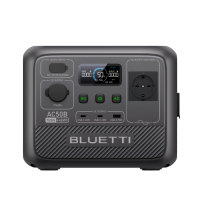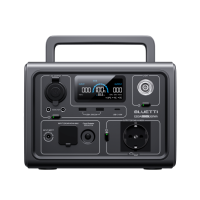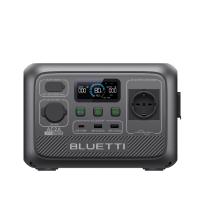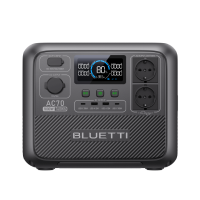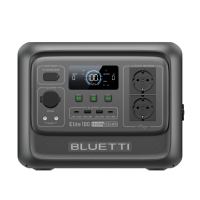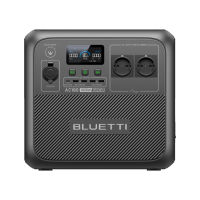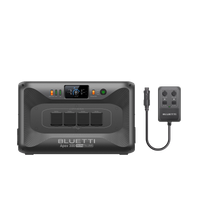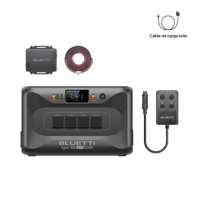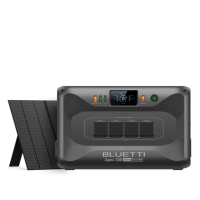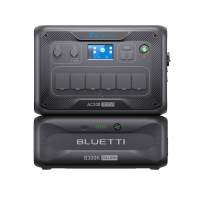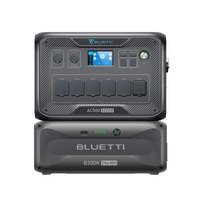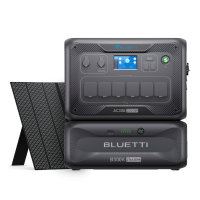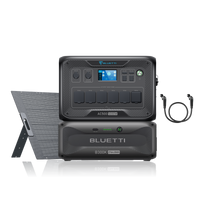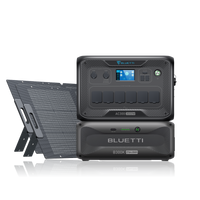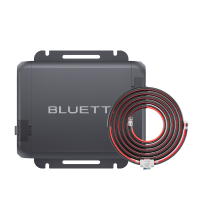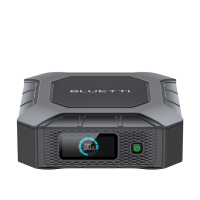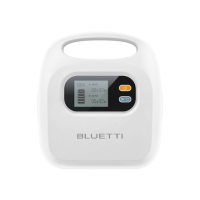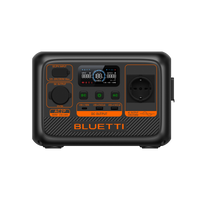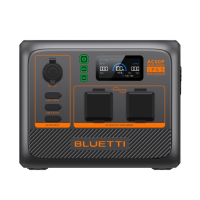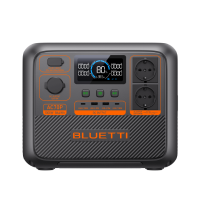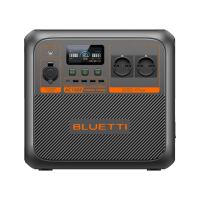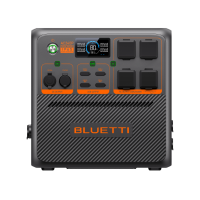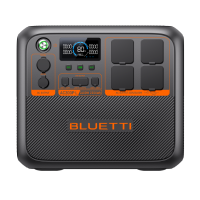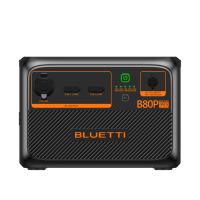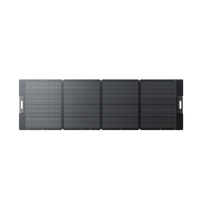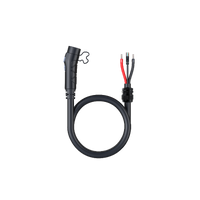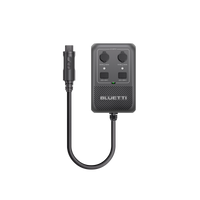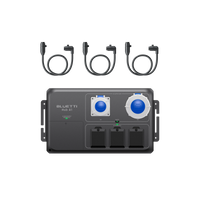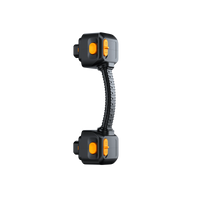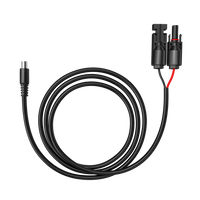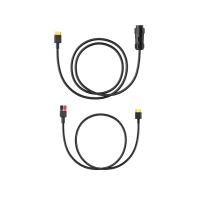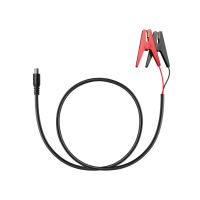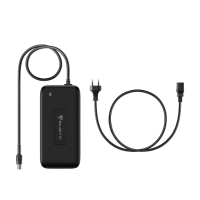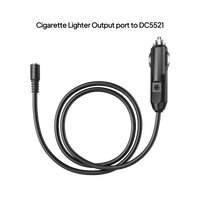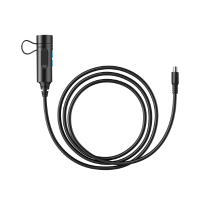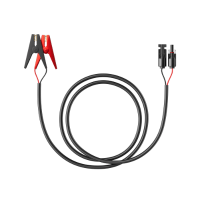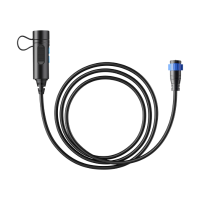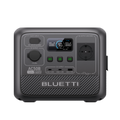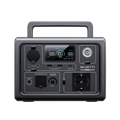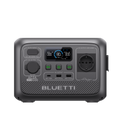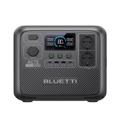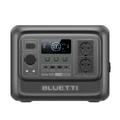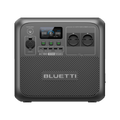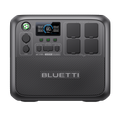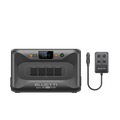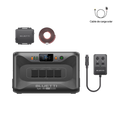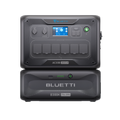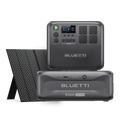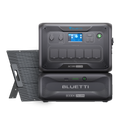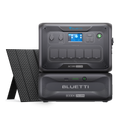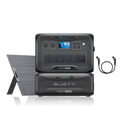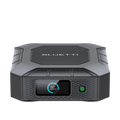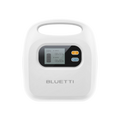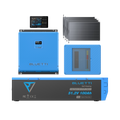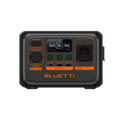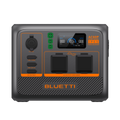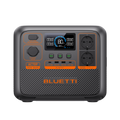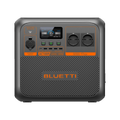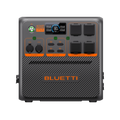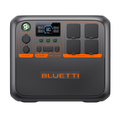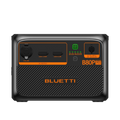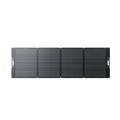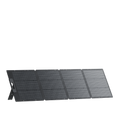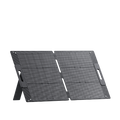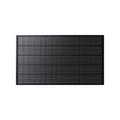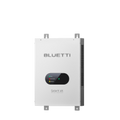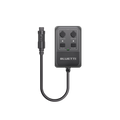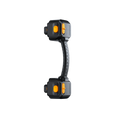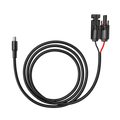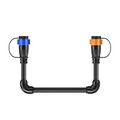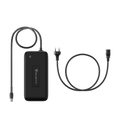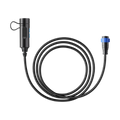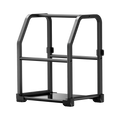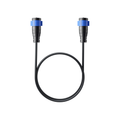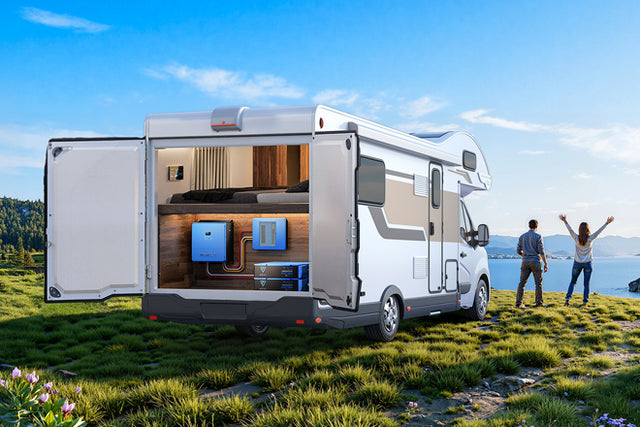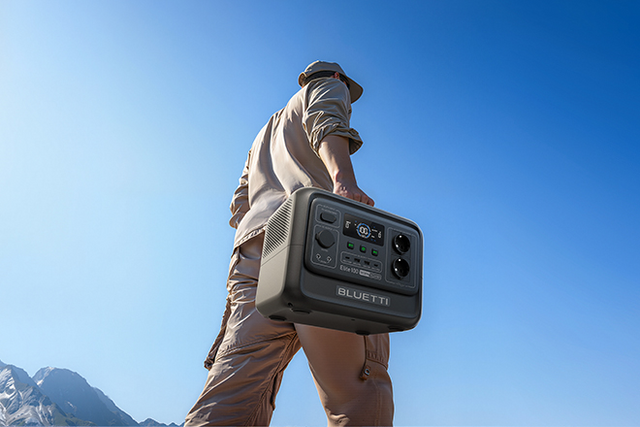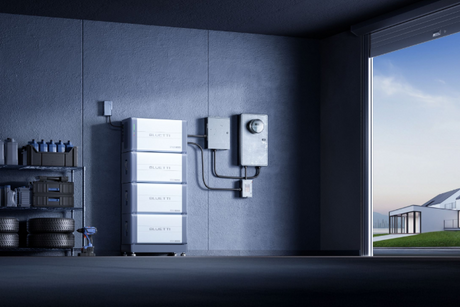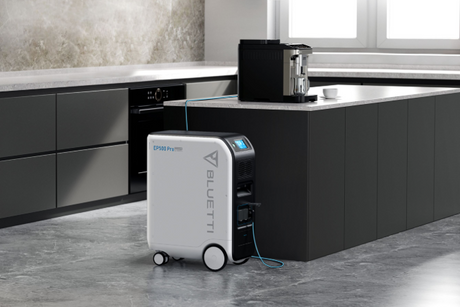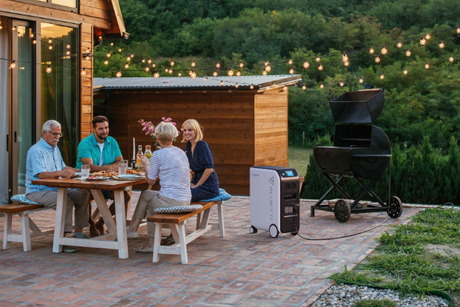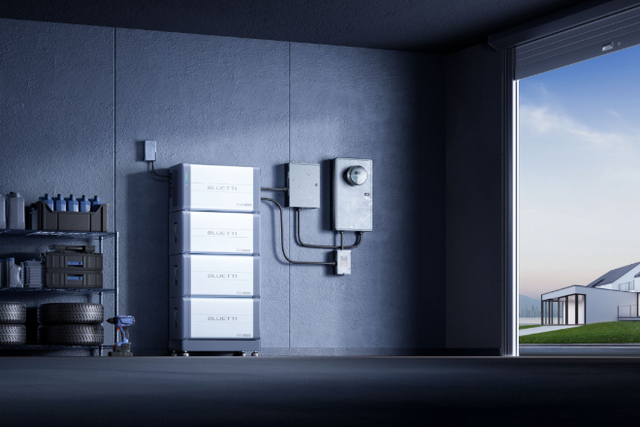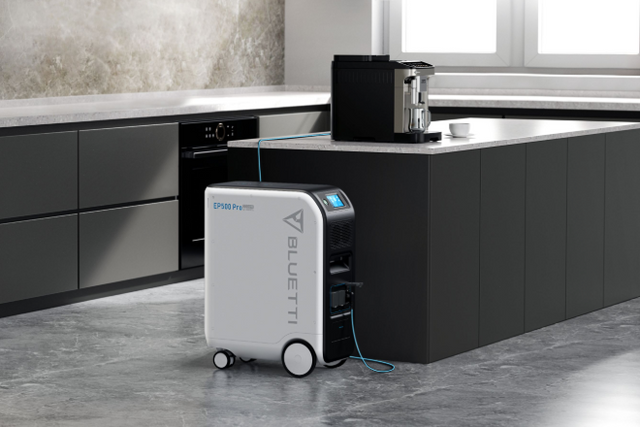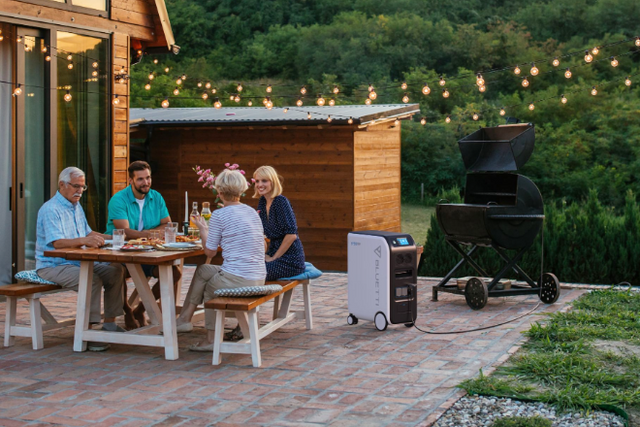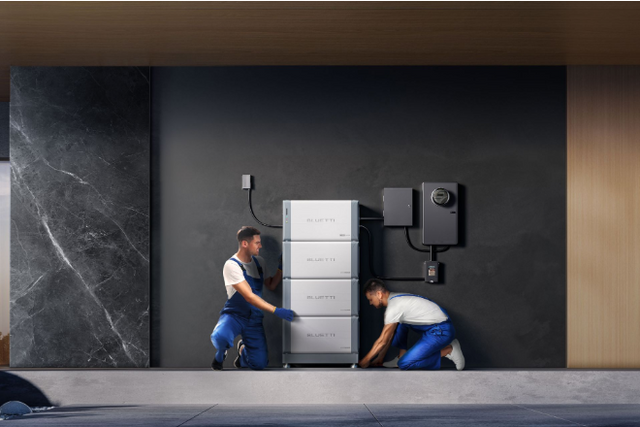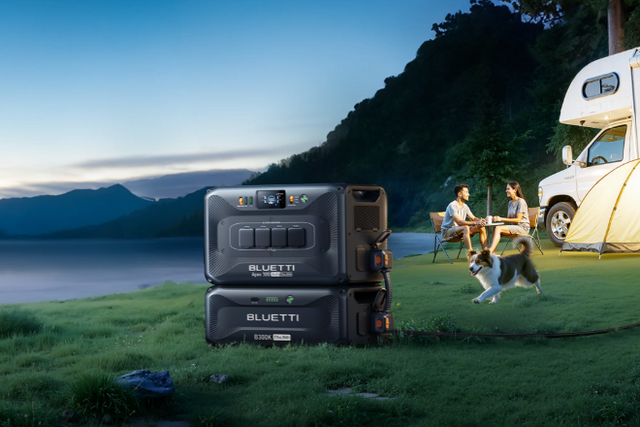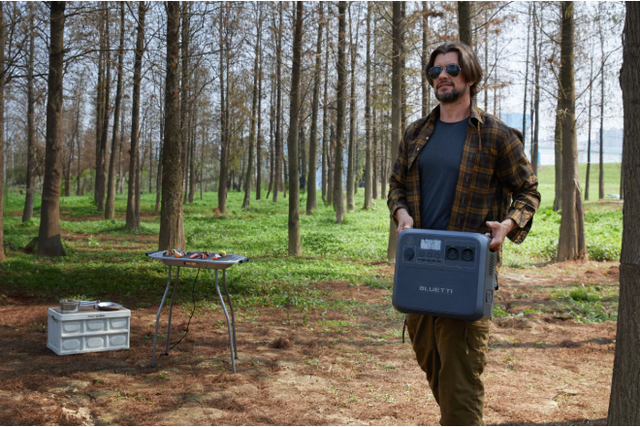Currently we can find a large number of alternatives to charge our electrical devices. This is because we are increasingly dependent on mobile phones, smart watches, tablets and laptops. For this reason, we can find external batteries, plugs in all premises and universal cables, etc; In short, a lot of options that respond to that constant need to be connected. Therefore, in this article we want to talk about how to choose the best mobile solar charger according to your needs.
In order to choose a good option, you must know the main characteristics of a solar battery and understand what you can use each of its functions for. What is certain is that there is a perfect mobile solar charger for every situation.
Benefits of having a mobile solar charger
We are experiencing a favorable panorama for renewable energies and, without a doubt, solar is the one that has best adapted to the portability and practicality of the day-to-day life of many families. For this reason, we can find a large number of formats to choose from and that can add a bit of green energy to our total consumption and be able to enjoy all the associated advantages.
- PORTABILITY: These devices open up a path full of possibilities for us to move without giving up a source of electricity. Thanks to the large number of sizes that exist, we can find batteries for solar panels as small as a mobile device and as large as a power station. Among all this range of possibilities, we will find one that fits our plans.
- ENERGY SAVING: Another of the most popular benefits is electricity savings. And it is that any device that we charge with a solar battery, we will be saving its charge from our domestic electrical network. Which translates into a lower cost on the electricity bill.
- RENEWABLE ENERGY: Perhaps this is a secondary motivation, but the truth is that by using solar batteries, we will be creating energy from a green and clean source. Regardless of size and quantity, it will require slightly less energy from fossil fuels and pollutants.

Factors to consider when choosing a mobile solar charger
Now yes, get out a pen and paper to write down these 4 essential factors that you must take into account when choosing those batteries for solar panels that you need. With that you can get a suitable device for your plans.
1. Battery Capacity
The first thing you should consider before choosing a good solar battery is the battery capacity. The higher this capacity, the more times you can charge the same device, although keep in mind that, normally, the more battery capacity, the larger the mobile solar charger will be. The ideal, therefore, is that you find the exact measure and a balance between your needs and the volume of the portable solar battery. The capacity of a battery is usually measured in mAh (milliampere hours) or Wh (watt-hours). So you just have to look on the label or product sheet to find out how much capacity it has. To give you an idea, at the end of this article we leave you a relationship table between two types of batteries and the capacity they would have to charge different devices. For now, here's an example: the 500Wh AC50S power station could charge up to 200 times a mobile that consumes about 2,500 mAh.
2. Output power
The next most important feature to consider before buying a mobile solar charger is to know the power output. This refers to the speed at which the devices you connect to the battery can be charged. It is important for efficiency reasons and it is that the faster a device charges, the better energy management there is. The output power is indicated in watts (W) although this could be reduced by external conditions such as cold.
3. Size and weight
As soon as we started looking for a mobile solar charger, we found a plethora of sizes and shapes. This aspect is important to take into account depending on the activities that we plan to carry out with this charger. If, for example, we are planning to go on motorhome trips or hiking excursions, we should opt for a lightweight and portable option that allows us to transport it without problems. On the other hand, if we want a more static battery to, for example, take to a cabin that has no current or a country house, we can opt for a larger, more powerful option with greater capacity.
4. Compatibility
A detail that you should think about is the compatibility with the devices that you want to charge in your portable solar battery. For example, the smallest batteries usually only have USB or microUSB inputs, which completely limits the use to very small peripherals. On the other hand, if you opt for a larger option, you can surely find USB inputs, car cigarette lighter sockets, 21V inputs, etc. Therefore, the ideal is to take into account all the devices that you are going to want to connect and make sure that you have a suitable output port.

Devices that can be charged with a mobile solar charger
As we said, with practical and specific examples you will be able to understand much better the relationship of all these factors with the real capacity that you can expect from a solar battery. For this we are going to use the same power station as before as an example: BLUETTI EB55 Portable Power Station | 700W 537Wh. And also, we will use as an example a smaller portable solar battery that is usually 20. 000mAh. The latter is usually very light and can be carried on top of a backpack.
|
537Wh portable solar battery |
Portable solar battery of 20. 000mAh |
||
|
Smartphone with a 2,500 mAh battery |
|
I could recharge it about 8 times fully. |
|
|
Tablet with a 6,000 mAh battery |
I could fully recharge it about 80 times. |
I could recharge it about 3 times fully. |
|
|
50 - 100 Wh laptop |
I could recharge it 5-10 times fully. |
I could load it 1 time completely. |
|
|
100W power TV |
I could recharge it for about 4 hours. |
I could recharge it for about 1 hour. |
|
|
Small 12V 40W fridge |
I could recharge it in about 12 hours. |
I could recharge it in about 2 hours. |
Frequently asked questions when buying a mobile solar charger
How does a mobile solar charger work and where does it store the energy?
A solar charger is a device that uses the sun's energy to charge other devices such as mobile phones, cameras, tablets, smart watches, etc. These devices work thanks to solar panels which convert the sun's energy into electrical energy and then store it in a battery. This battery is the one that will later recharge all our peripherals. The peculiarity of a mobile solar charger is that both the solar panels and the battery are assembled in the same pack, reducing and optimizing to the maximum the space, weight and size of the device .
Can I use a solar charger on cloudy days or indoors?
Both on cloudy days and indoors with sunlight, you can charge the battery of the charger using the solar panels. And it is that solar panels are charged thanks to sunlight, although this light is weaker, as happens on cloudy days, solar panels can absorb and convert it into electrical energy. However, it is important that you know that the weaker the light rays that reach the plate, the less energy it can absorb and convert.
Is it safe to leave a device charging on a solar charger overnight?
The only inconvenience you might have is that your device does not fully charge due to lack of battery or, on the contrary, that it has more power than necessary and the device overcharges. In general, with any electrical device that has a battery, care must be taken when charging it, since it is never recommended to overcharge a device because this reduces its useful life.
How long does a mobile solar charger last?
The lifespan of the types of chargers we are talking about in this article is quite short. From about 2 to 5 years depending on the quality. This is because the life of a small battery is very short. Despite the fact that solar panels can have a useful life of 6 to 10 years, when the battery is damaged, the entire device is completely useless. Therefore, if your idea is to use it for a longer time, you can look for a mobile solar charger that allows you to replace the battery.
How long does it take to charge a mobile with a solar charger?
As you can see in the table above, we have put a comparison of various devices and the charging duration in relation to two types of solar chargers. Small solar chargers usually have a 20 battery. 000mAh that can charge a medium-sized mobile in about 2 to 3 hours.
How to maintain a solar battery?
Performing constant maintenance is very important for solar batteries as this will maximize their useful life. This process implies some care such as constant cleaning of the solar panels, storing the charger in a cool and dry place while it is not being used, not letting it heat up in the sun when the battery is already charged and trying to replace the elements that deteriorate. In general, they are preventive measures that go hand in hand with common sense and that we can easily intuit since it is the same care that we would take with any device.
Are solar chargers waterproof?
You must take into account the specifications of the model since there are resistant solar chargers and others that are not. So depending on the use you are going to give it, explore the product well and make sure it has the features you need.
Is it possible to use electrical connection with solar chargers?
Depending on the model, we can use the electrical connection and that is that some mobile solar chargers are so compact and small that they do not include this alternative. Depending on the use you are going to give it, it is important that you know if your solar charger has this option because if it only receives solar energy, in bad times
Shop products from this article
You May Also Like

Guía de Black Friday 2025 para Elegir la Estación de Energía que Necesitas

Batería de gel o AGM para autocaravana: Comparativa 2025 y por qué el Litio gana la partida

Comparación al detalle: BLUETTI Elite 200 V2 VS BLUETTI AC200L
Nueva estación de energía portátil BLUETTI Elite 200 la evolución de AC200L: más compacta, rápida y duradera, con mejor conectividad y rendimiento para energía portátil avanzada.



